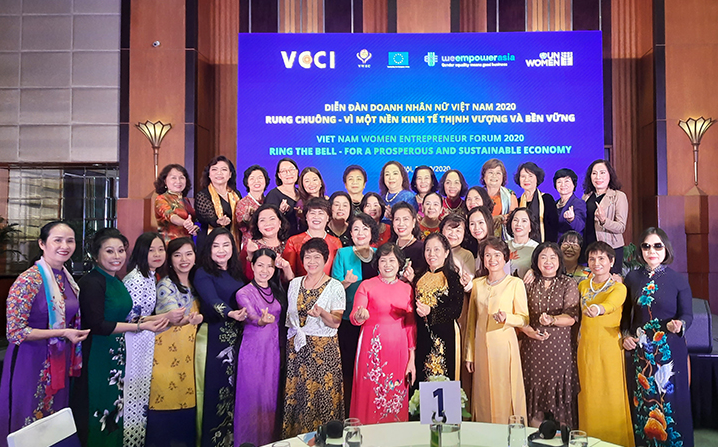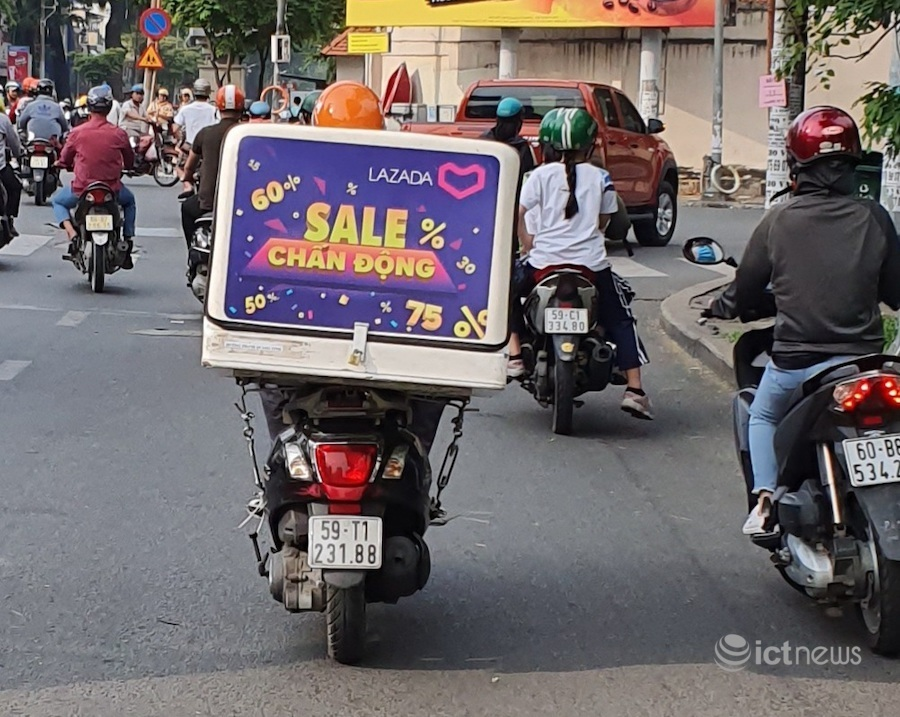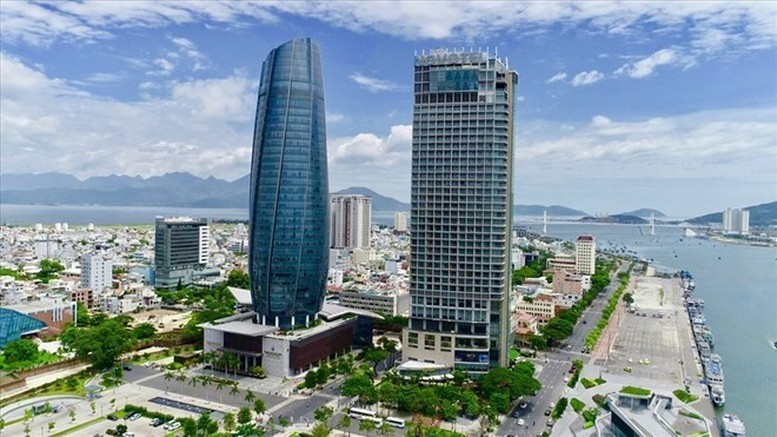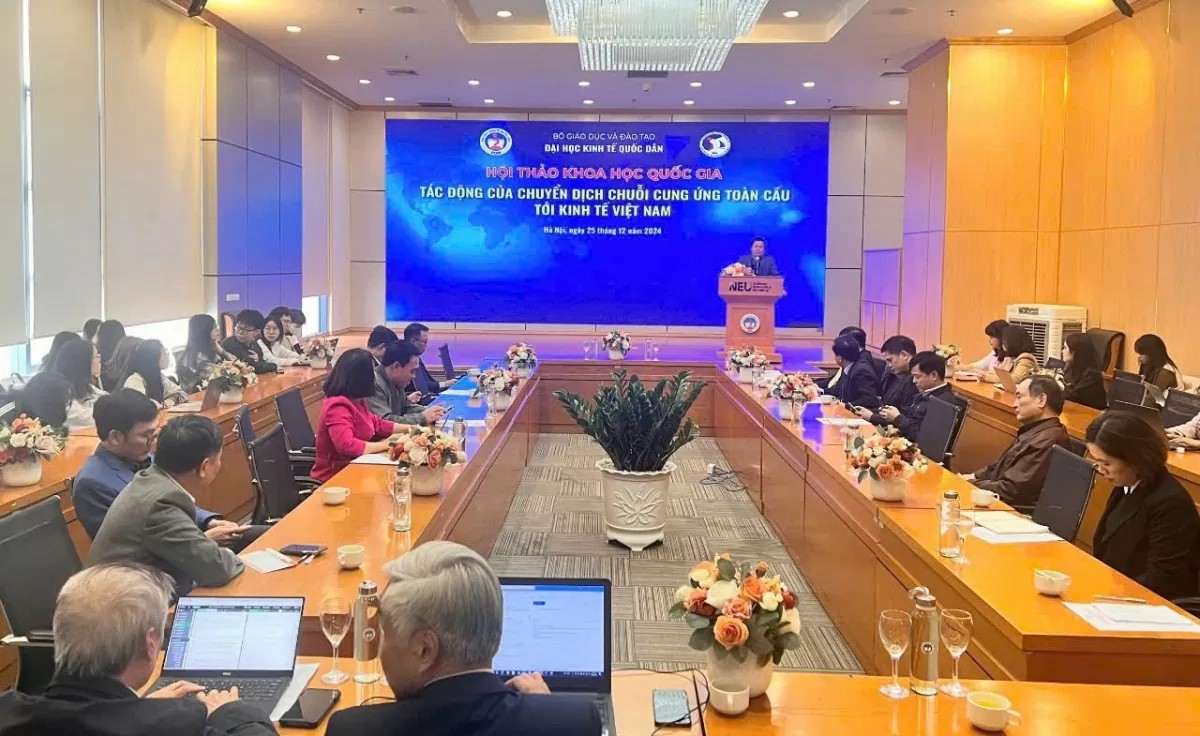RCEP smooths way for Vietnam to join global supply chains
| Vietnam ranks second in Southeast Asia women's e-commerce leadership | |
| Three main trends for Vietnam's e-commerce in 2021 | |
| Vietnamese e-commerce market predicted to continue thriving in 2021 |
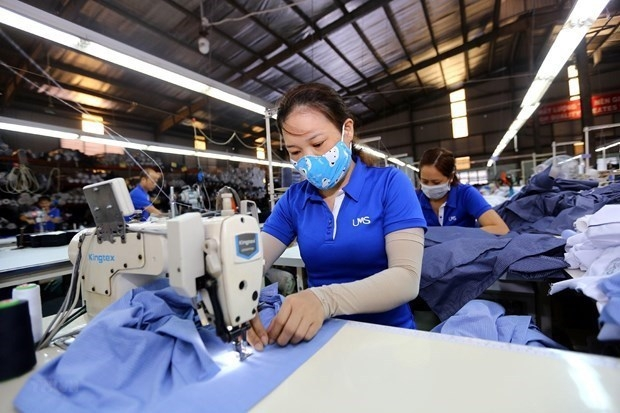 |
| CEP has enabled Vietnam to be connected better with global supply chains compared with other new-generation free trade agreements. (Photo: VNA) |
The Regional Comprehensive Economic Partnership (RCEP) agreement has enabled Vietnam to be connected better with global supply chains compared with other new-generation free trade agreements (FTAs), an official has said.
Nguyen Thi Thu Trang, Director of the WTO and Integration Centre at the Vietnam Chamber of Commerce and Industry (VCCI), said the signing of the RCEP at the 37th ASEAN Summit in 2020 demonstrated Vietnam’s resolve and success as ASEAN Chair.
It also showed Vietnam is a trustworthy partner and expressed its prestige in the international arena.
Regarding opportunities brought about by the agreement, Trang said it encompasses an economic region that provides the largest source of materials and equipment to Vietnam and serves as the country’s largest consumption market, according to the VNA.
The agreement also covers the largest production chains in the world, thus facilitating Vietnam’s connectivity with other RCEP member economies as well as its foreign investment attraction.
The country will therefore find it easier to join global supply chains, according to Trang.
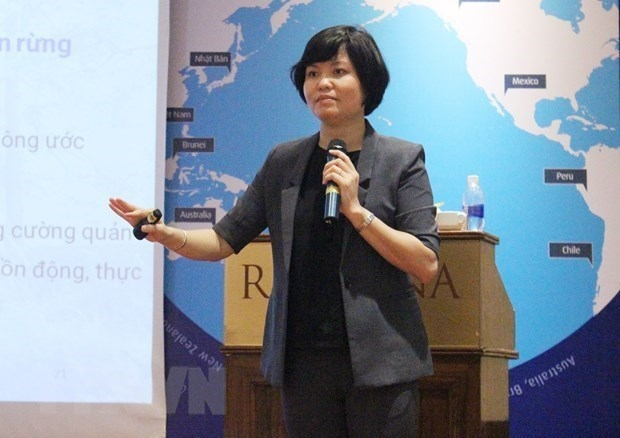 |
| Nguyen Thi Thu Trang, Director of the WTO and Integration Centre at the Vietnam Chamber of Commerce and Industry (Photo: VNA) |
The agreement has also posed many challenges, she added, explaining that it will increase Vietnam’s trade deficit in the region and see it lose institutional momentum with standards that are not too high.
In FDI attraction, most RCEP economies are major investors in Vietnam but there are still partners whose technologies and investment quality are not good.
The deal has also generated competitive challenges for Vietnamese firms, with the opening up of goods and services in the domestic market, Trang said.
To put the RCEP to best use, she suggested Vietnam adopt three groups of solutions: continuing to reform institutions and improve the business environment; devising clear industrial policies that define spearhead and supporting industries; and reforming control mechanisms and ensuring FDI quality.
To effectively implement the agreement, she said businesses need to improve their competitiveness, study the commitments in the deal, and brace for any and all challenges.
The free trade agreement (FTA) will give the Vietnamese economy advantageous access to another one-third of the world’s population, generating export growth opportunities in markets which together account for 29 percent of the world’s GDP, or about $26 trillion.
The pact commits signatories to maintain open markets for goods, services and investments, harmonization of rules of origin among all participants, and strengthening trade facilitation measures. The agreement will also provide opportunities to develop new supply chains in the region.
The two major recent FTAs including CPTPP and EVFTA are agreements that members are mostly countries which do not have direct competition with Vietnam in terms of kinds of exported goods. However, in RCEP, in addition to four countries of Japan, South Korea, Australia, New Zealand and some small countries in ASEAN, the rest of the countries have similarities and directly compete with Việt Nam in exporting many large products, especially agricultural products. For example, exported rice from Thailand, Cambodia; seafood exports from Thailand, Indonesia. In addition, it must take into account the huge production resources of China.
The biggest challenge is that there are many partners in the RCEP region with similar product structures to Việt Nam, and have even stronger competitiveness than Vietnam.
To overcome the difficulties, as a business with many export products, we will study and assess all the policies related to RCEP as well as its implementation progress. It is expected that the RCEP will take two years at the earliest before it can take effect after it is approved by at least 6 ASEAN countries and partners. We will continue to improve our intra-regional competitiveness through three aspects including responsive standards, prices and consumer tastes, applicable to each specific market. In particular, the issue of importing machinery and input materials from RCEP countries will also be carefully considered to make good use of the opportunities brought by this agreement.
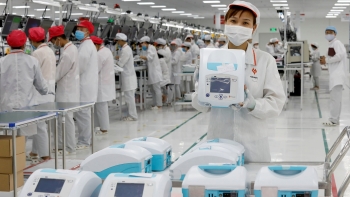 | Vietnam seeks for EU investment in medical and drug supply chains The prestigious press Nikkei Asian Review on Friday has run an article saying Vietnam is seeking to build a new free trade agreement in medical ... |
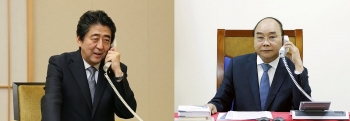 | Japanese Government to continue assisting firms in diversifying supply chains in Vietnam Half of the Japanese businesses that receive support from the Japan's Government to expand supply chains, have chosen Vietnam, and the Government will continue assisting ... |
 | ADB study maps supply chains for key products in COVID-19 response The Asian Development Bank (ADB) has released a landmark study which maps supply chains for critical products in the global response to the novel coronavirus ... |

